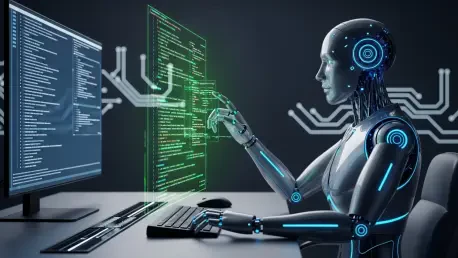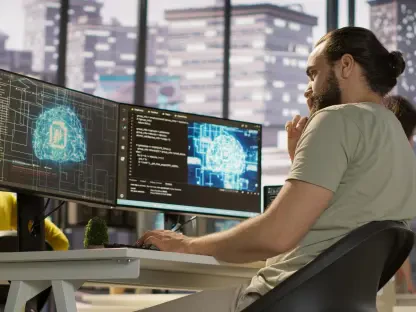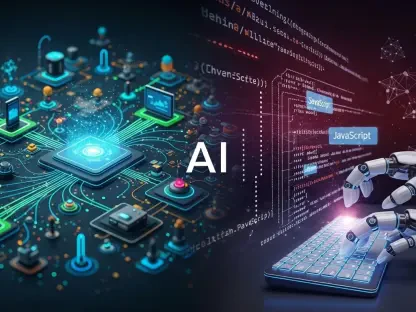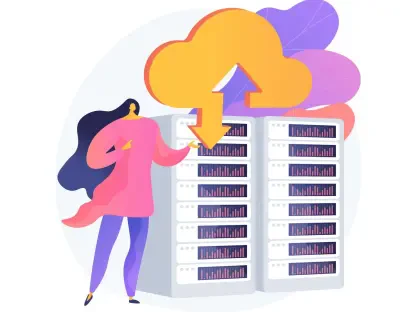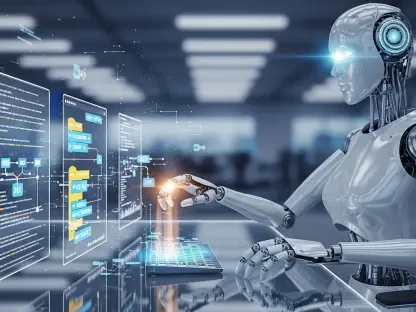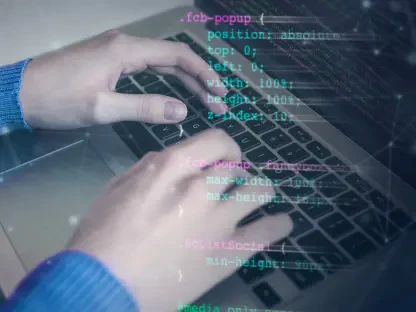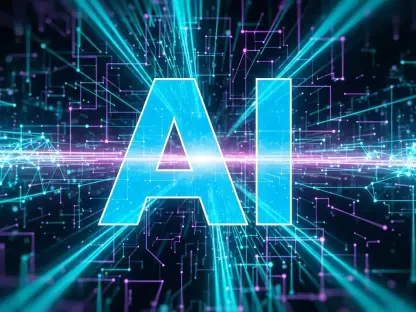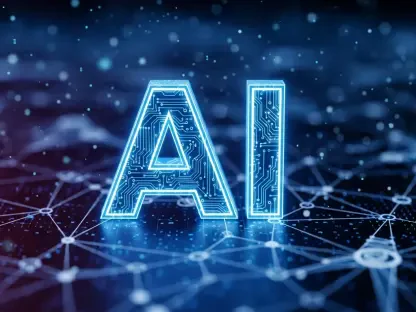As we dive into the evolving landscape of workplace trends, I’m thrilled to sit down with Anand Naidu, a seasoned development expert with a mastery of both frontend and backend technologies. With his deep insights into coding languages and the integration of AI in modern workflows, Anand is the perfect guide to unpack the phenomenon of “vibe working.” This trend, blending generative AI with a more relaxed, free-flowing approach to tasks, is reshaping how we think about productivity and creativity in professional settings. In our conversation, we explore the origins and implications of vibe working, the role of AI in transforming traditional roles, the cultural shifts driven by younger generations, and the potential pitfalls of this improvisational style. Let’s get started.
How did you first come across the concept of “vibe working,” and what does it mean to you personally?
I first stumbled upon the term “vibe working” while reading about how generative AI was changing the game for coders. To me, it captures this idea of working in a more intuitive, less rigid way—almost like jamming on a project with AI as your backup band. It’s about letting technology handle the grunt work while you focus on the creative flow. I’ve seen it in action in my own projects, where I’m not sweating over every line of code but instead guiding AI tools to get the job done faster.
Can you paint a picture of what “vibe working” looks like during a typical day in a developer’s life?
Sure, imagine starting your day not with a strict to-do list but with a rough idea of what you want to build. You might open an AI tool to draft some code for a web app, tweak it based on a gut feeling rather than overthinking every detail, and then move on to brainstorming the next feature while the tool debugs in the background. It’s less about following a blueprint and more about iterating on the fly, trusting the tech to fill in gaps while you keep the momentum going. It feels almost casual, but there’s still a lot of skill behind those quick decisions.
In what ways has generative AI shaped or enabled this vibe working approach in your field?
Generative AI has been a game-changer. It’s like having an assistant who can write boilerplate code, suggest fixes, or even prototype an idea in minutes. For developers, it means shifting from writing every line from scratch to reviewing and refining AI-generated outputs. This frees up mental space to experiment and iterate, which is at the heart of vibe working. It’s not just about speed; it’s about creating a workflow where you’re not bogged down by repetitive tasks and can focus on the bigger picture.
What specific AI tools have you worked with that seem to support this more relaxed, improvisational style of work?
I’ve used tools like GitHub Copilot for coding assistance, which suggests code snippets as I type, almost like it’s reading my mind. There’s also ChatGPT for brainstorming logic or debugging ideas when I’m stuck. These tools let me work in a stream-of-consciousness way—throwing out half-formed thoughts and getting usable results back. They’re not perfect, but they align with the vibe working ethos of moving fast and refining as you go, rather than aiming for perfection upfront.
There’s a growing trend of job titles like “Vibe Growth Manager” or “Chief Vibe Officer.” What’s your take on these roles popping up in the corporate world?
I think these titles are a bit of a double-edged sword. On one hand, they signal a cultural shift toward valuing creativity and experimentation, especially with AI. A “Chief Vibe Officer” might be tasked with fostering team energy or driving innovative uses of tech, which is cool. But on the other hand, they risk coming off as gimmicky—more about branding than substance. I haven’t directly worked with anyone under these exact titles, but I’ve seen similar roles focused on team morale or AI adoption, and they often struggle to define measurable impact.
How do you think vibe working changes the way skills and expertise are perceived in a professional setting?
It can definitely downplay the hard skills needed to pull off a project. When AI handles the tedious stuff, it might look to an outsider like the job is all intuition and no grind. But in reality, vibe working often relies on deep expertise—you need to know enough to guide the AI, spot its mistakes, and make strategic calls. It’s like a jazz musician improvising; it looks effortless, but only because of years of practice. I worry that this trend might undervalue the labor behind the scenes, especially if managers start expecting results without appreciating the foundation.
Speaking of cultural shifts, how do you see younger workers, particularly Gen Z, influencing the rise of vibe working?
Younger workers are definitely driving this. They seem to prioritize flexibility and personal expression over the traditional 9-to-5 grind. I’ve noticed they’re more likely to embrace AI tools without hesitation, treating tech as a natural extension of their workflow. They’re also less tied to formal structures—think casual Slack messages over stiff emails. Terms like “vibing” come straight from their lexicon, reflecting a desire for work to feel more human and less mechanical. It’s refreshing, though it can clash with older, more structured approaches.
What are some of the challenges or downsides you’ve observed with adopting a vibe working mindset?
One big challenge is the lack of clarity. Since vibe working is so open-ended, it’s easy for projects to veer off track or for team members to have mismatched expectations. I’ve seen cases where relying too heavily on AI without a clear plan results in what some call “workslop”—output that looks polished but lacks depth. There’s also the risk of losing the human touch in strategy or decision-making. Without structure, the vibe can turn chaotic, and important details get missed. It’s a balancing act between freedom and focus.
What’s your forecast for the future of vibe working as AI continues to evolve in the workplace?
I think vibe working is here to stay, especially as AI tools become more intuitive and integrated into everyday tasks. We’ll likely see more roles and workflows built around experimentation and adaptability rather than rigid processes. But I also predict a pushback—companies will realize they need to pair this free-flowing style with better training and clear guidelines to avoid wasted effort. My hope is that we’ll strike a balance where vibe working enhances creativity without sidelining the expertise and discipline that still make great work possible.
